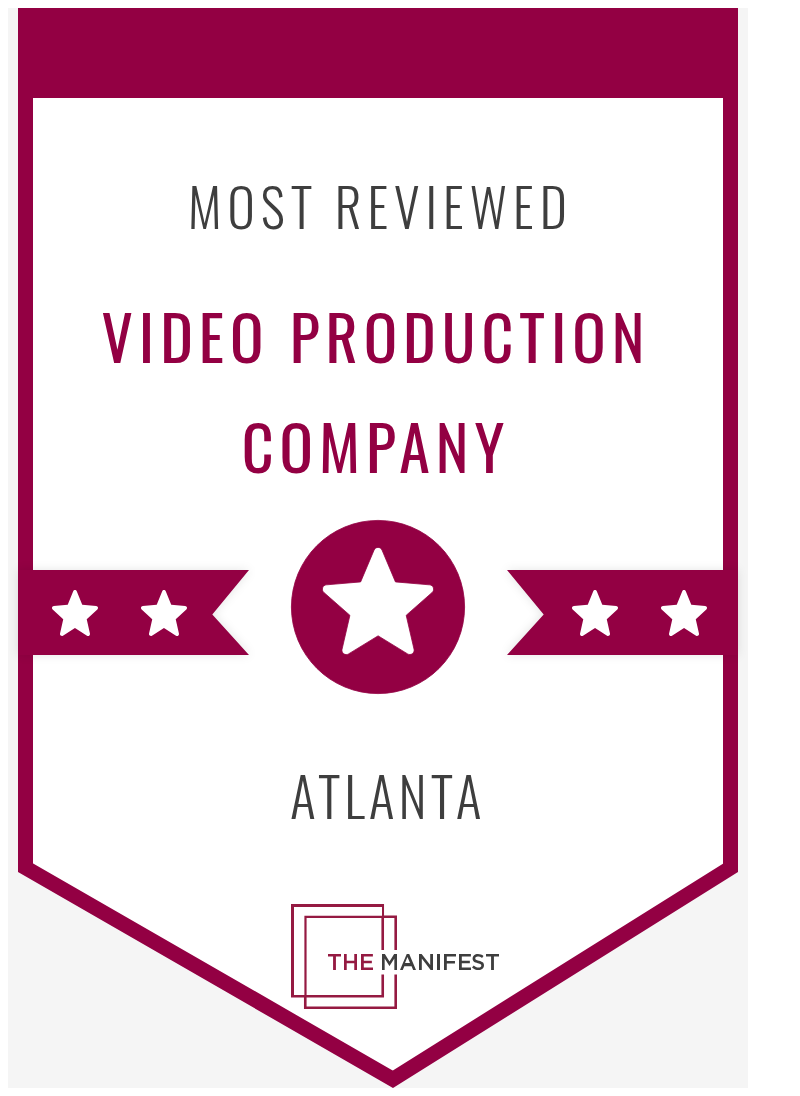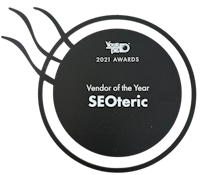Expanded Types of Search Intent: Beyond the Traditional Four Categories
Search intent has traditionally been categorized into four types: informational, navigational, transactional, and commercial investigation. However, evolving search behaviors reveal a broader range of intents that influence how content should be crafted and optimized. Recognizing these expanded types enables businesses to tailor SEO strategies more precisely, addressing specific user needs and improving engagement.

Users may search with intents related to local discovery, problem-solving, or entertainment, each requiring a distinct content approach. Aligning content with these varied intents helps connect with audiences at different stages of their journey. This understanding enhances keyword targeting and informs content structure, tone, and format, making SEO efforts more effective.
Expanded Dimensions of Search Intent
Search intent now includes more nuanced goals beyond the traditional categories:
- Local Intent: Users seek nearby services or businesses, often with immediate needs. Content optimized for this intent includes localized landing pages, region-specific keywords, and Google My Business profiles. Ignoring local intent risks missing valuable traffic from users ready to engage locally.
- Problem-Solving Intent: Users look for solutions to specific challenges rather than general information. Content suited for this intent is practical and actionable, such as how-to guides, troubleshooting articles, or detailed FAQs. These focused queries indicate readiness to act, offering opportunities to position a business as a trusted advisor.
- Entertainment and Exploratory Intent: Some users search for enjoyment, inspiration, or discovery without direct commercial goals. Engaging content like videos, interactive tools, or storytelling formats caters to this intent, helping businesses reach audiences who may later move toward transactional or investigational searches.
Understanding these dimensions influences keyword selection, tone, format, and content depth, ensuring alignment with the motivations behind each search.
Search Intent as a Dynamic Process
Search intent is rarely linear. Users may start with broad informational queries, shift to product comparisons, and move toward purchase decisions within a short timeframe. For example, a user searching “how to fix a leaking faucet” might later look for “best plumbing services near me,” reflecting a transition from problem-solving to local transactional intent. Content that anticipates and supports these evolving needs builds trust and guides users effectively.
The rise of AI-driven search and voice queries adds complexity, emphasizing the importance of understanding the context behind searches, including urgency, emotional state, or preferences. Optimizing content to match these subtleties—whether through detailed tutorials, quick local solutions, or engaging entertainment—enhances relevance and responsiveness.
Frequently Asked Questions About Expanded Search Intent
How can expanded intents be identified in search queries?
Analyzing language and context helps. Location-specific terms often indicate local intent, while questions or requests for step-by-step guidance suggest problem-solving intent. Recognizing these cues allows for more precise content targeting.
How should content strategies balance different intent types?
Diversify content formats and tones to address various motivations. For example, combine detailed problem-solving blog posts with interactive or entertaining content. This variety attracts a broader audience and nurtures relationships that may evolve into commercial interactions.
How is the effectiveness of content optimized for expanded intents measured?
Beyond rankings and traffic, engagement metrics like time on page, bounce rate, and conversion paths provide insight. Content aligned with user intent tends to keep visitors engaged and encourages exploration, signaling that needs are met.
What role do emerging technologies play in shaping search intent?
Voice search and AI bring conversational, context-rich queries that blur intent lines. Optimizing for these means anticipating natural language patterns and providing clear, concise answers. This approach prioritizes understanding the purpose behind queries over keyword targeting.
Conclusion
Expanding the understanding of search intent beyond traditional categories allows businesses to create targeted, relevant content that meets diverse user needs. Recognizing intents such as local discovery, problem-solving, and entertainment helps craft strategies that engage audiences at various stages and motivations. This approach improves SEO performance and strengthens connections with users, guiding them effectively from initial curiosity to final action.
For more insights, read the original article on Search Engine Land: https://searchengineland.com/search-intent-more-types-430814
As Barry Schwartz noted in the original article, “Understanding and optimizing for various types of search intent will be essential for effective digital marketing strategies.”













.png)

